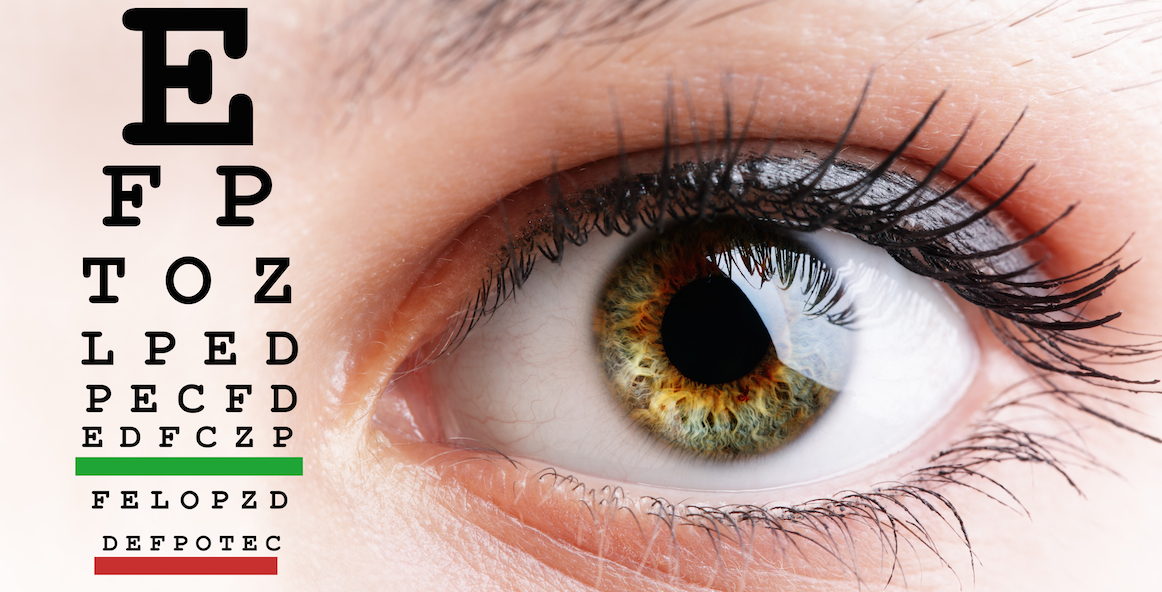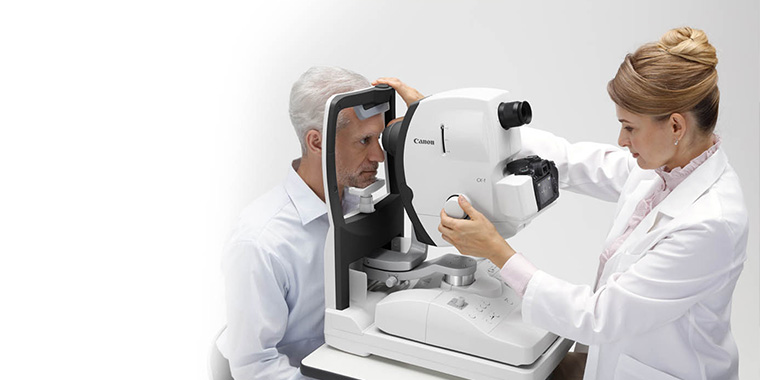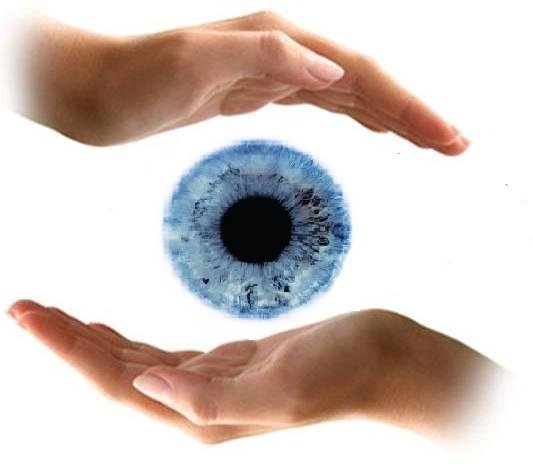Checking Out the State-of-the-Art Technologies Made Use Of for Dealing With and identifying Eye Conditions
In the realm of ophthalmology, the advancement of innovation has significantly boosted the devices available for detecting and dealing with various eye problems. From sophisticated imaging technologies that provide in-depth insights right into eye structures to robotic-assisted medical procedures that offer exceptional precision, the landscape of eye treatment is regularly evolving. With the assimilation of synthetic knowledge in diagnostics, genetics therapy technologies, and online fact rehab, the opportunities for improving person outcomes are increasing at a fast rate. The convergence of these innovative technologies holds the pledge of revolutionizing the area of ophthalmology, supplying new methods for customized and effective treatments.

Advanced Imaging Technologies
Advanced Imaging Technologies have revolutionized the area of ophthalmology by providing thorough and accurate visualization of the eye frameworks. Optical Coherence Tomography (OCT) attracts attention as a key modern technology in this realm. OCT uses light waves to record high-resolution cross-sectional images of the retina, permitting for the identification of minute structural adjustments. This non-invasive technique help in the very early detection and surveillance of various eye problems such as macular deterioration, diabetic retinopathy, and glaucoma.
Furthermore, Fundus Photography is one more necessary device in ophthalmic imaging. This technique includes catching thorough photos of the back of the eye, including the retina and optic disc. Fundus Photography helps in documenting the progression of eye illness, examining therapy efficiency, and enlightening people about their eye health.

Robotic-Assisted Surgery
Robotic-assisted surgeries have actually significantly advanced the abilities of sensory surgical treatment, introducing a brand-new age of accuracy and performance in dealing with numerous eye problems. By incorporating robot innovation into surgeries, ophthalmologists can accomplish exceptional accuracy and control, resulting in enhanced client results.
One of the primary benefits of robotic-assisted surgery in ophthalmology is the enhanced mastery and security it uses to specialists. The robotic arms can perform precise activities with a high level of precision, enabling delicate procedures with minimal invasiveness. This degree of accuracy is especially helpful in surgical treatments involving the retina, where also small mistakes can have considerable effects for a client's vision.
In addition, robotic-assisted medical systems supply real-time imaging and comments to the cosmetic surgeon, enabling them to make informed decisions throughout the procedure. This innovation improves the surgeon's situational awareness and enables for modifications to be made immediately, making sure optimal results for the individual.
Artificial Knowledge in Diagnostics
With the development of innovative technologies enhancing medical precision in sensory procedures, the combination of Expert system in diagnostics has arised as an essential development reinventing the field of eye care. Fabricated Intelligence (AI) formulas are being increasingly used to analyze complicated information from imaging innovations like optical comprehensibility tomography (OCT) and fundus photography to help in the very early detection and precise diagnosis of different eye problems. These AI systems can efficiently determine patterns and abnormalities in photos that may not be discernible to the human eye, making it possible Recommended Reading for quicker diagnosis and treatment preparation.
AI algorithms can likewise anticipate condition development, advise personalized treatment plans, and evaluate the efficiency of interventions. By enhancing the diagnostic process, AI not only improves the effectiveness of eye care experts however likewise enhances individual results by making it possible for prompt treatments. As AI proceeds to development, its function in diagnostics is anticipated to broaden, using brand-new possibilities for early intervention and customized treatment in the field of ophthalmology.
Genetics Treatment Innovations
In the world of ocular improvements, recent strides in gene therapy technologies have actually triggered substantial passion among researchers and healthcare specialists alike. Genetics therapy holds immense promise in changing the therapy of different eye conditions by targeting the hidden genetic causes. By presenting genetic material right into cells to make up for abnormal genetics or read what he said to supply a missing gene, genetics therapy offers a customized approach to resolving acquired eye disorders such as retinitis pigmentosa, Leber genetic amaurosis, and others that were formerly thought about untreatable.

As research study in gene therapy remains to breakthrough, the possibility for customized treatments for a wider array of eye problems grows, offering brand-new expect patients with hereditary eye conditions.
Online Reality Recovery
Digital truth rehabilitation has actually become a cutting-edge approach in boosting the healing and rehabilitation procedures for individuals with numerous visual impairments. refractive surgeries in al. By imitating real-world atmospheres through immersive technology, virtual truth supplies an unique platform for vision therapy and rehabilitation. This innovative approach allows people to involve in interactive workouts and activities designed to boost aesthetic skill, deepness hop over to these guys assumption, eye sychronisation, and general aesthetic functioning
One trick advantage of digital reality rehab is its capacity to customize therapy programs based upon the particular requirements and capacities of each client. With real-time responses and monitoring, health care specialists can track progress, change treatments, and give customized like maximize outcomes. Furthermore, online fact modern technology can create a risk-free and regulated space for individuals to practice visual jobs, get rid of obstacles, and build confidence in a virtual setting before transitioning to real-world situations.
Final Thought
Finally, the advancements in imaging innovations, robotic-assisted surgical treatments, man-made knowledge diagnostics, genetics treatment technologies, and digital fact recovery have actually dramatically improved the diagnosis and therapy of eye problems. cataract care service. These modern modern technologies have actually changed the area of ophthalmology, permitting more precise and efficient treatments. As modern technology remains to progress, the future of eye care looks promising with the potential for a lot more cutting-edge options to enhance client outcomes
In the realm of ophthalmology, the advancement of modern technology has considerably enhanced the devices offered for identifying and treating various eye problems. Fundus Digital photography helps in recording the development of eye illness, evaluating therapy efficiency, and informing clients about their eye health.
Artificial Knowledge (AI) algorithms are being significantly used to evaluate intricate information from imaging innovations like optical comprehensibility tomography (OCT) and fundus photography to assist in the very early detection and accurate medical diagnosis of different eye problems.In final thought, the advancements in imaging modern technologies, robotic-assisted surgical treatments, artificial intelligence diagnostics, genetics therapy technologies, and virtual fact rehabilitation have actually significantly boosted the diagnosis and therapy of eye problems. As innovation proceeds to develop, the future of eye treatment looks promising with the capacity for also more ingenious solutions to enhance person outcomes.